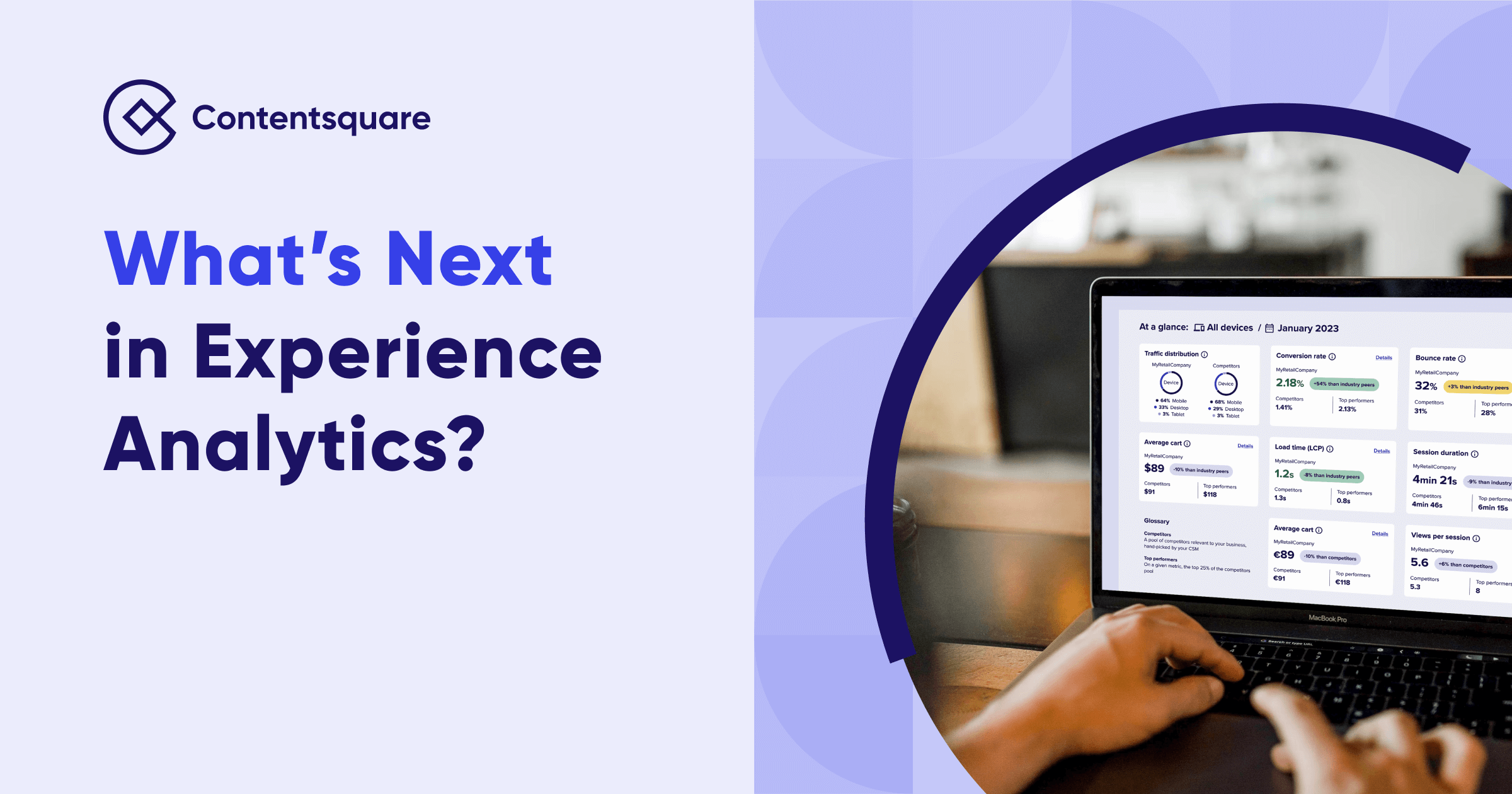Why You Should Invest in Website Accessibility

Over one billion people, or 15% of the world’s population, are dealing with some form of disability. If one of your site visitors is visually impaired, deaf or hard of hearing, or has a physical disability, they might find it challenging or even impossible to use and navigate your website.
Over one billion people in the world have some form of disability.
Still, most of the time, website accessibility is overlooked. It’s deemed “too much work” to implement or people think it requires an exhaustive site redesign. But while it’s true that building an accessible website requires some amount of work, it’s often not as arduous as people think.
A good designer has empathy and understands the end-user. Overall, it’s our duty to ensure everyone has access to what we create regardless of ability, context, or situation. The best part about making our work accessible is that it brings a better experience to absolutely everyone. True design thinking shouldn’t include accessibility as an afterthought, it should integrate it into every step of the design process—from ideation to launch.
Plus, the rewards are big. By building a more accessible website, you will create a stellar user experience for all your users. This in turn will help your organization better serve your existing customers and can even offer new opportunities to expand your current customer base. Plus, you can also be a champion of accessibility within the eCommerce space and lead the way for other organizations to create truly inclusive user experiences, as well.
What is Accessible Design?
So what is accessibility in a digital context? It’s the practice of designing digital content and applications that can be used by people with a broad range of needs. There are many different types of impairments that can affect vision, movement, thinking, communicating, hearing, and mental health. So with one billion people in mind, we need to remember that people with disabilities form one of the largest user groups in the world.
Why You Should Invest in Website Accessibility
There is a myth and general fear that making a website accessible is difficult and expensive, but it doesn’t have to be. If we design a product from scratch that meets the requirements for accessibility, then there’ll be no need to add extra features or content in the future; therefore, in the long run, there shouldn’t be additional cost and effort. That’s why brands need to prioritize inclusive design from the get-go.
In the UK, £11.75 billion consumer spend could be driven away by inaccessible websites. The Click-Away Pound Report
Accessible websites generally perform better on search engine results because they take into account all web guidelines. They’re well-structured, embody good coding practices, and have better usability, making them more SEO friendly than non-accessible pages. That makes it easier for more people to find and use your website. Read this comprehensive business case for accessibility for further information.
For those looking to make their existing website accessible, there are plenty of resources and experts who can help.
In the last few months, we’ve seen thousands of brands and companies affected by Covid-19. Physical stores have been closed down — some temporarily, others permanently. There’s been an unprecedented surge in online traffic, and many companies have now (finally) woken up to realize the power of the web.
Another big change accelerated by Covid-19 is customers are now more interested in corporate social responsibility. They want to know what businesses are doing to take care of their employees, the environment, and the community at large. Making your site accessible for all customers is a great way to showcase that your brand sees, hears, and takes action to ensure everyone can use and benefit from your products and services.
When UX doesn’t consider ALL users, shouldn’t it be known as “SOME User Experience” or… SUX? #a11y
— Billy Gregory (@thebillygregory) January 6, 2015
So, surely website accessibility is a no-brainer? By making your eCommerce site accessible for ALL, you’re ultimately going to attract not only disabled users but also potentially gain support from socially conscious users.
Keep Reading...



